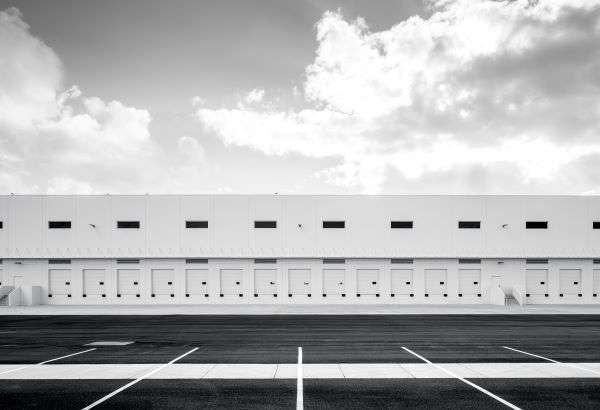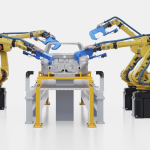Warehouse operations have become the pressure point of modern commerce. As demand patterns shift, product lines multiply, and delivery windows shrink, the warehouse must absorb complexity without sacrificing efficiency. Yet many operations still rely on fragmented systems, inflexible processes, and static reporting—holding back both service performance and profitability.
Below are five operational strategies that define high-performing warehouses in 2025.
Harnessing Data for Continuous Improvement
Static dashboards and weekly reporting cycles are no longer enough. Leading operations now rely on real-time data streams that track pick-path efficiency, dwell time, order age, and resource availability by zone. This data isn’t used passively—it drives operational decisions in the moment. Warehouse execution systems feed directly into labor scheduling, task interleaving, and slotting strategies, allowing teams to respond dynamically to workload shifts.
The most effective teams use data to test, iterate, and refine daily operations. Rather than chasing lagging indicators, they focus on root-cause problem solving and structured performance improvement, backed by immediate operational feedback.
Elevating Inventory Accuracy with Intelligent Auditing
Annual or quarterly counts are being replaced with targeted, ongoing cycle audits that prioritise fast-moving or high-risk SKUs. These audits are integrated into daily operations, using handheld devices, RFID scanning, or drone-based inspections. Variances are flagged and resolved before they affect order accuracy or lead to unnecessary stock holding.
This real-time inventory visibility isn’t just a control function—it directly enables faster picking, fewer customer service interventions, and improved replenishment accuracy. As fulfillment models grow more complex, inventory accuracy becomes the foundation for operational agility.
Rethinking Fulfillment Through Carrier Diversification
Carrier performance and delivery expectations vary significantly by region, season, and customer profile. Leading operations are shifting from fixed relationships to dynamic carrier selection, using real-time rate shopping and performance scoring to assign the optimal service for each order.
At the network level, fulfillment centres are being repositioned closer to customer demand, with inventory distributed across multiple nodes to reduce lead times and shipping costs. This reduces exposure to carrier-specific risks and creates the flexibility to adjust routing strategies in response to disruption or cost fluctuations.
Applying AI to Real-Time Operational Decisions
AI is now embedded across the warehouse—optimising workflows, predicting demand shifts, and detecting anomalies before they become problems. Forecasting models are no longer updated monthly—they continuously ingest order and inventory data to adjust picking priorities, shift start times, and replenishment intervals.
Warehouse tasking systems now use AI to allocate work dynamically based on order urgency, zone congestion, and equipment availability. Autonomous mobile robots adjust routes in real time to avoid blockages. Computer vision systems track handling accuracy, spot packaging defects, and flag misroutes before they leave the dock.
AI also plays a growing role in identifying shrinkage patterns, idle time trends, and repetitive process failures that human supervisors may miss. The result is not just marginal gains—it’s a shift from reactive operations to adaptive execution.
Building a Flexible Technology Stack That Can Scale
Custom integrations and point solutions are no longer viable. Warehouse systems now need to be designed for rapid onboarding of new tools, real-time data exchange, and visibility across fulfillment, transport, and inventory operations.
The focus is on building technology environments where automation, workforce management, and planning tools can be reconfigured without starting from scratch. This means implementing systems with modular design, live APIs, and built-in orchestration capabilities.
The shift is toward connected infrastructure—where tasking, tracking, and decision-making are unified. This reduces manual coordination, shortens change cycles, and creates the flexibility to evolve with new market demands or commercial models.
Turn Efficiency into an Operational Advantage
Efficiency is no longer a matter of cost control—it determines how quickly a business can respond to demand shifts, delivery challenges, or product launches. The gap between high-performing and average operations is widening, and the differentiator is execution: speed, accuracy, and the ability to adapt without disruption.
Warehouses that invest in real-time data, AI-driven tasking, flexible systems, and advanced audit processes will operate faster, with fewer errors and greater control. Those that delay risk locking themselves into fixed costs, slower throughput, and diminished service levels.
The next step is to assess your current setup against these principles. Where are decisions still made based on lagging reports? Where are you reliant on manual tasking or fixed routing? How quickly can you bring new tools or partners into your warehouse tech stack?
Improvement starts with visibility, followed by action. The tools exist. The advantage now lies with those who move first.







